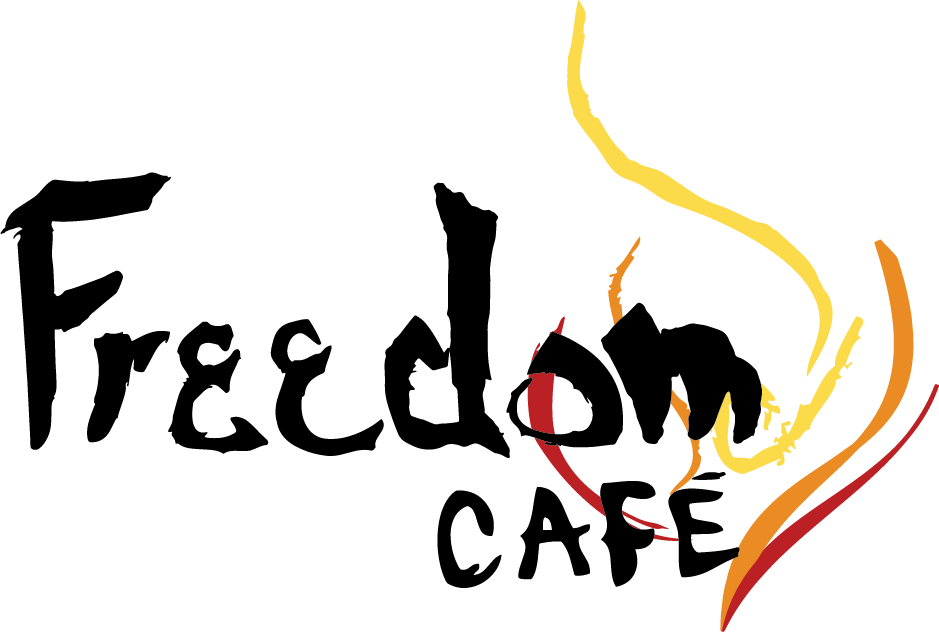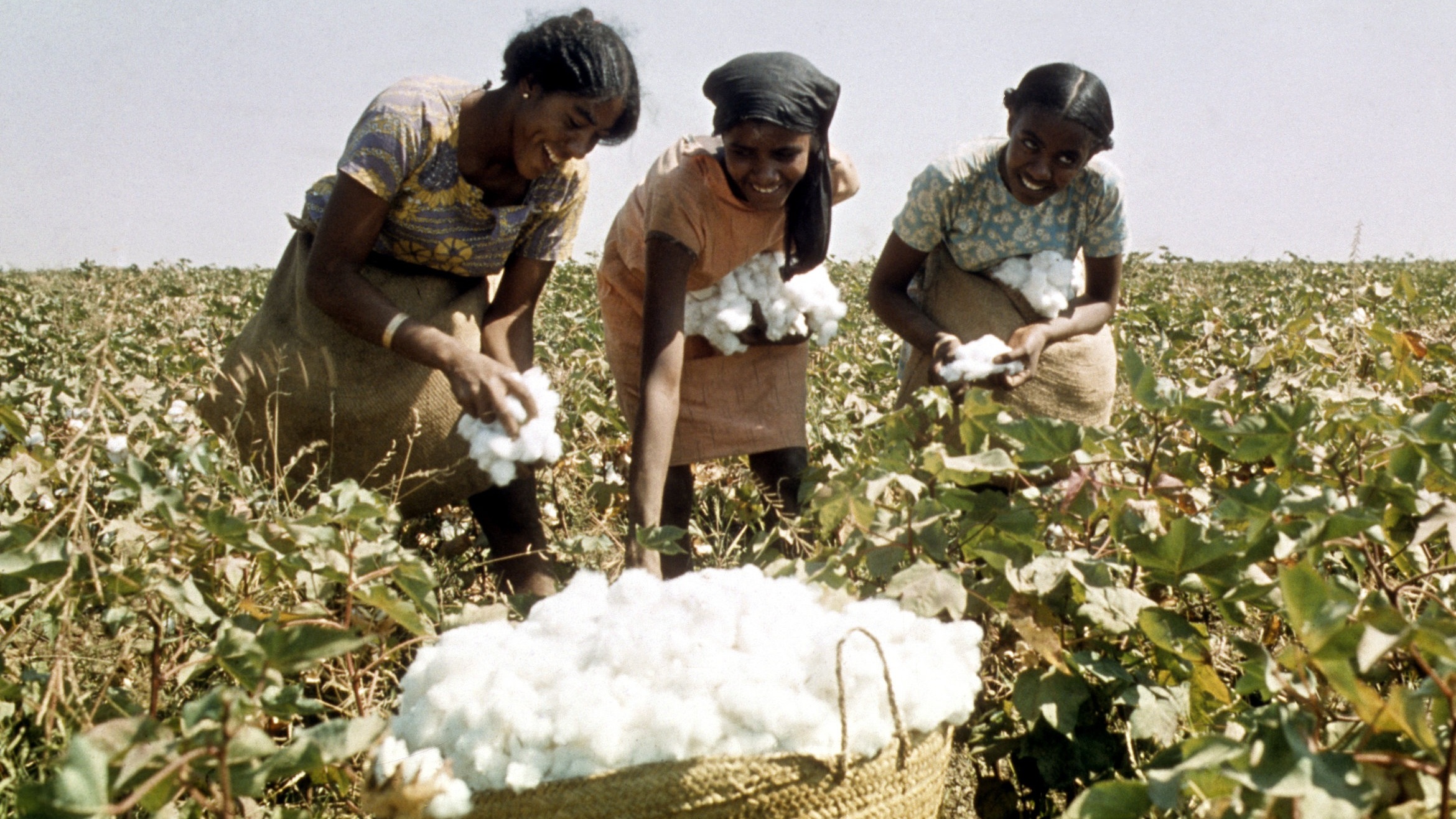UN Photo by F. Mattioli
Cotton and Clothing
Many garments made by trafficked individuals can be found on clothing racks around the country and in some of our favorite retail stores. In 2021, the International Bureau of Labor (ILAB) cited 18 producing countries in their annual List of Goods Produced by Child Labor and Forced Labor. Children as young as five-years old are doing this work while not getting paid and not receiving education. They work 12 hour workdays, 6 days a week, and have minimum freedom outside the factory walls.
how is it different than other trafficked goods?
Turning raw cotton into a garment requires several steps, including planting, harvesting, ginning, spinning, dying, cutting, and sewing. Each step adds further complexity and risk of exploitation into clothing supply chains. In order to ensure worker rights and ethical manufacturing, it is critical that companies have strong policies and training and the ability to trace and monitor their full supply chain.
What can I do to help?
Clothing companies are taking great strides in their transparency and efforts to reduce human trafficking from their products. Many of the companies started from the ground up with the mission to promote social and environmental responsibility. Other companies have joined the fight by enforcing ethical practices in the making of their clothing. Check out this PDF Guide to get an idea of which companies have taken or are in the process of taking a stand against fast fashion and forced labor. By shopping at these retailers, you can start a trend in the industry that illustrates the importance of fair wages and healthy living conditions.



